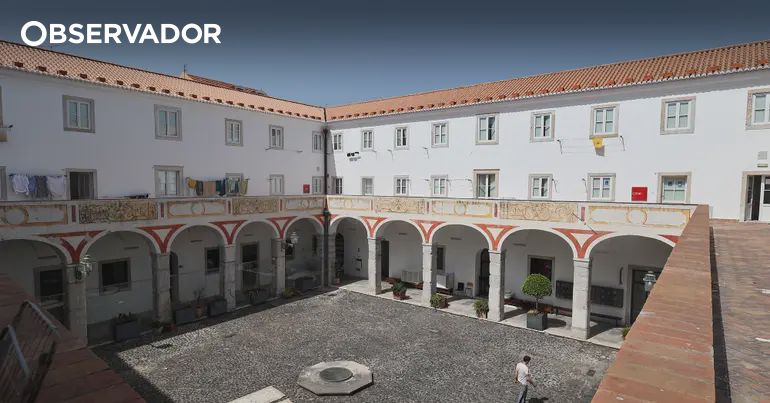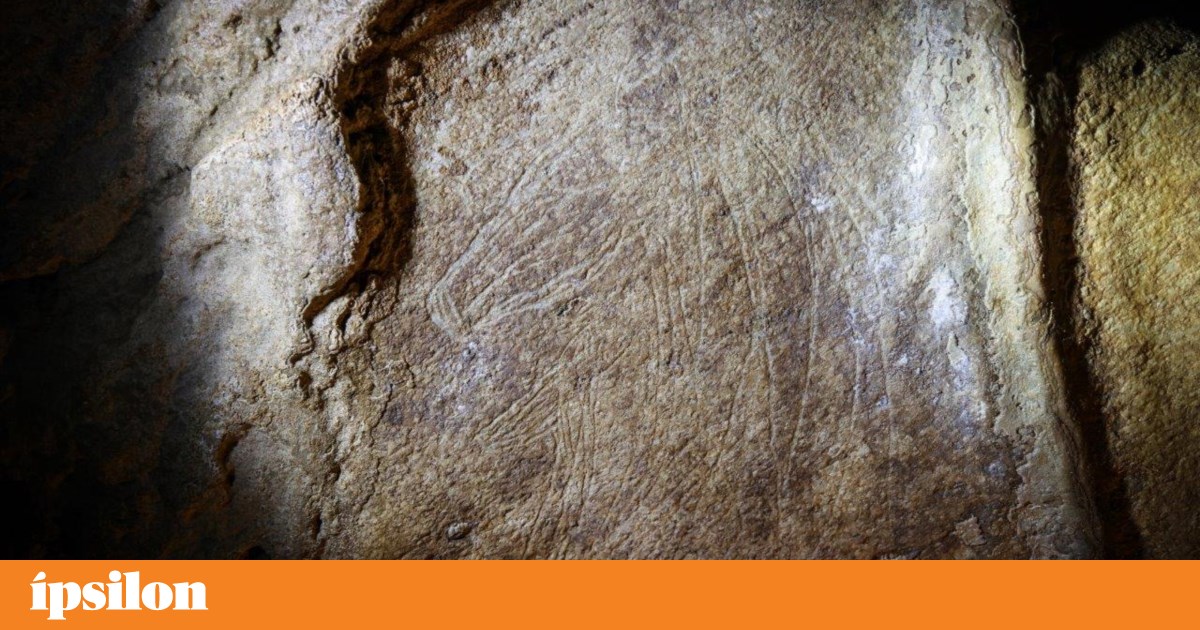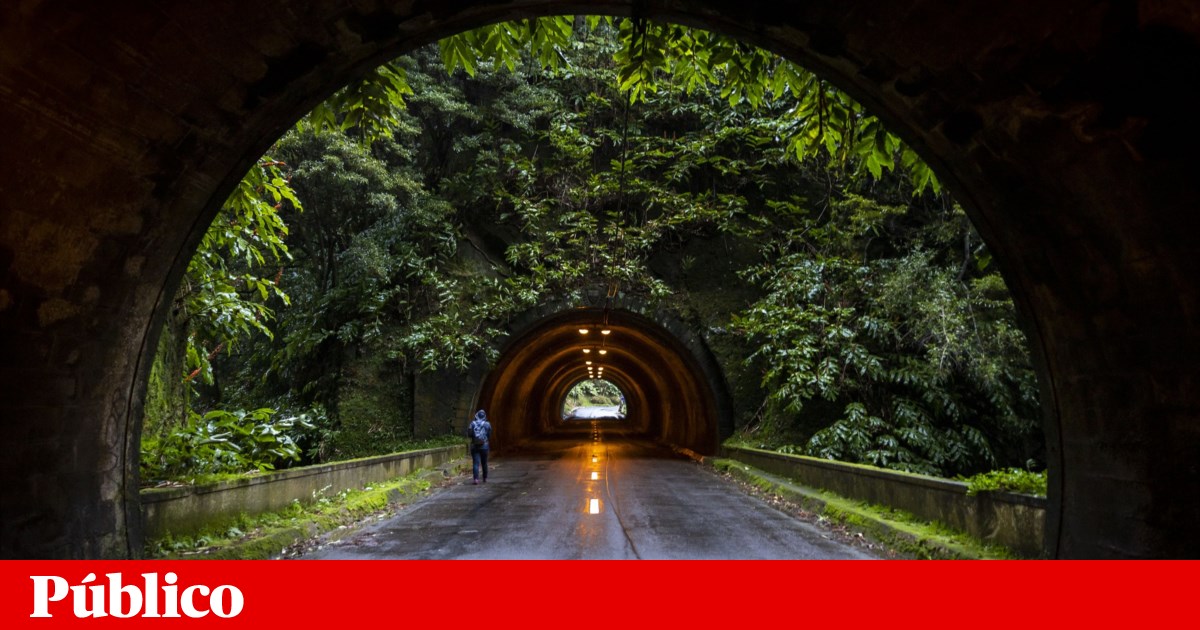In the 1990s, over 100 families called the Convento das Bernardas in Lisbon home, living in what was once a 17th-century convent for Bernardas nuns. This 'human beehive' was a testament to the city's housing challenges, with families crammed into small cells, the courtyard, and the cloister. The transformation began in 1999, turning this historic site into a beacon of accessible housing, commerce, and services.
A Glimpse into the Past
The convent, originally built in the Mocambo area (now Madragoa), became a refuge for Lisbon's poor, especially those connected to the river and maritime trades. By the 20th century, it was infamously known as the 'Grande Hotel da Fome' (Great Hotel of Hunger), highlighting the dire living conditions.
The Rehabilitation Project
Under the Lisbon City Council's initiative, the rehabilitation and conversion works started in 1999, funded by European programs. The project was not just about restoring a building but preserving a community. Families were given the choice to return post-renovation or receive compensation to relocate. 34 families chose to stay, moving into homes sized according to their needs, with rents based on income.
Uncovering Hidden Treasures
The renovation revealed hidden architectural and artistic treasures, including a Baroque chimney, original murals, and a rainwater recovery system. The chapel, once home to Lisbon's early cinema, Cine-Esperança, now serves as an auditorium for the Puppet Museum.
A Community's Legacy
Natalino de Jesus, a 70-year-old fado singer, recalls growing up in the convent's vicinity, where despite the hardships, a strong sense of community prevailed. The project, led by architect Teresa Duarte and urban director Filipe Lopes, was a pioneering effort in urban renewal, focusing on community preservation and affordable housing.
A Model for the Future
Gonçalo Antunes, a housing policy expert, praises the project as a model for balancing heritage preservation with modern housing needs, especially in Lisbon's pressured central areas. This initiative stands as a testament to the power of community-focused urban renewal.



















Comments
Join Our Community
Sign up to share your thoughts, engage with others, and become part of our growing community.
No comments yet
Be the first to share your thoughts and start the conversation!